Are Acrylic Paints Waterproof? Can They Be Used Outside?
Understanding the limitations of acrylic paint when it comes to water.
If you have spent time and effort creating an acrylic artwork that you’re happy with, one of your greatest fears will be – is this painting going to last?
The good news is, acrylic paint is one of the best paints for water resistance. It is very durable and fast drying.
For this reason acrylic paint is used on walls, wood, canvas and most other surfaces, even those that are going to be outside.

However, “Waterproof” implies that the paint can be exposed to large amounts of water for prolonged periods and remain unchanged.
[TS_Poll id=”1″]
In this way, no, acrylic paint is not completely waterproof.
But there are easy and inexpensive ways you can protect your work from water. We will take you over how to protect your acrylic painting from water so that it lasts.
Table of Contents:
1. Acrylic Paintings and Outdoors
If your painting is going outdoors the elements such as rain, wind and salt can cause peeling. UV rays from the Sun will also cause the colours to fade.
If your paint surface is unstable it can cause cracks in the paint too.
It is important in this case that you seal your artwork for its best chance of survival in harsh conditions!
Also, understand the risks of keeping your art outside.
Do your research and talk to workers at your local art and craft shop and hardware store because they can give you specific advice on this, depending on your project.

2. Protecting your artwork
1) Choosing the right surface
The stronger the paint grips to the surface, the harder it will be for water to pull it off. Acrylic paint can form a proper bond to the right surface and look brighter for longer.
With the right primer, you can almost use acrylic paint on any surface! Just prime with two coats first and let it completely dry.
Even textured surfaces like wood or concrete can work for acrylic paint if they are properly primed.
Smoother surfaces like glass or metal will need to be prepped by scuffing the surface. This ensures the paint has something to grip to.
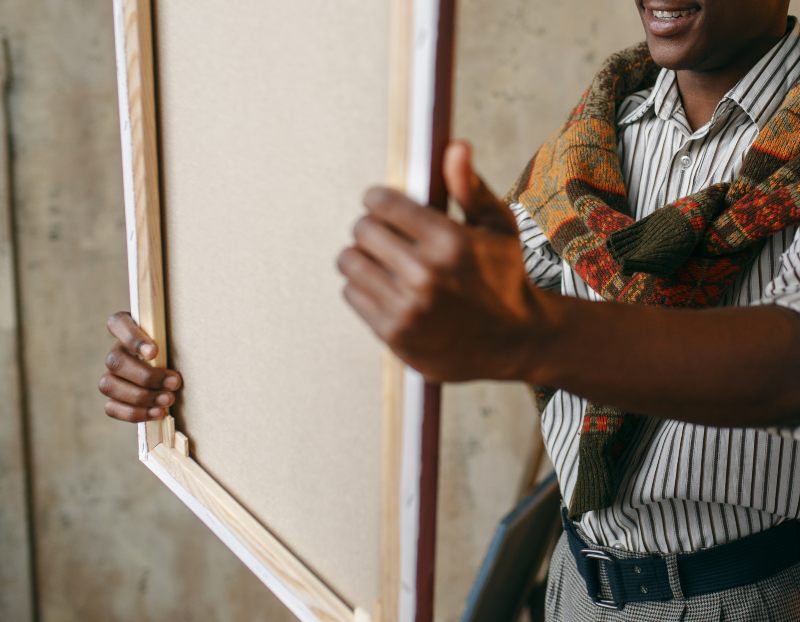
2) Priming your surface
Priming a surface simply involves painting it with a layer of something like gesso. Gesso paint or paint primer is also what’s painted onto a canvas to make it easier to paint on and for the paint to grip onto.
Painting multiple layers will make the colours appear more vivid and bright too. At least 3 layers will ensure that even if the top layer starts to peel or fade, the original surface will not be visible.
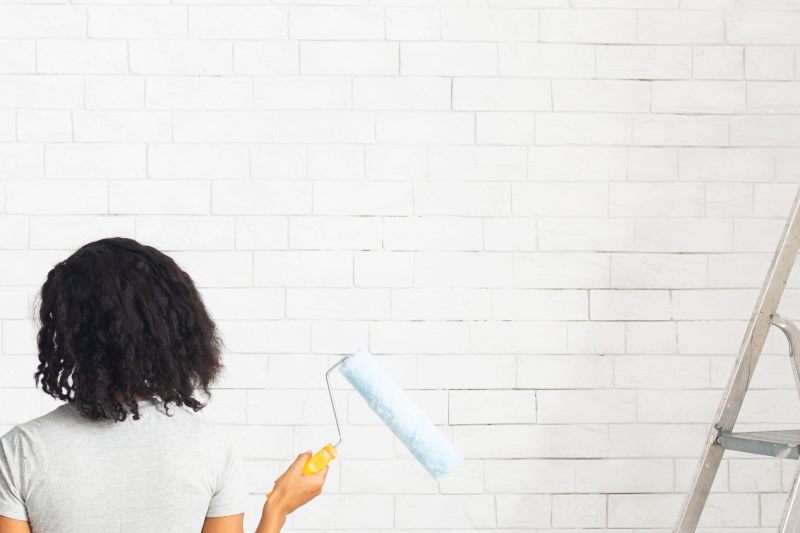
3) Choosing the right paint
All acrylic paint contains a polymer which allows the paint to stick to surfaces. This glue-like polymer is resin based. Paint durability is highly dependent on the type and percentage of resin.
Usually more expensive paints will last longer. Though some high quality paints have softer resins that may not be as suitable for outdoor use.
Paints that contain more resin will form a stronger bond to the surface. This is why there is a huge difference in the price of house paints. (If you didn’t know, these are usually acrylic paints!).
House paints that have more (and stronger) resins will be more expensive and last longer.
It’s best to speak to your local art supplier or hardware shop worker about paint selection.
Some high quality brands may not be suitable for outdoor use. A brand like Golden would be suitable, but if you are painting a large wall, then it would probably be too expensive.
For larger surfaces, consider high quality house paints, or mural paints like Nova.
Some colours will also be more suitable for outdoor use. These are colours that are more “lightfast”.
Colours like cadmium yellow have poor light-fastness, so will fade quicker. Try to use only colours with “excellent” light-fastness.

4) Varnishing your painting
When you have finished painting, choose a good quality varnish for your surface.
Not just a varnish that you happen to have at home. Some varnishes have stronger solvents which can dissolve your paint. Some will be not suitable for smoother surfaces.
Best to speak to your local hardware store. Be sure to tell them about the surface, and if it’s outdoors and painted in acrylic.

If that all this sounds a bit complicated, don’t worry. Many professional visual artists don’t follow all of these rules and have the same questions as you!
Learn through experience. Paint on many surfaces with many types of paint, and see what works for you.


3. Sealing your artworks
If you want your artwork to LAST then you should seal your artworks. Sealing basically provides a plastic like cover which protects your artwork from water and other elements which can affect your work.
There are four main ways to seal your artwork:
- Varnish
- Spray sealer
- Resin
- Modge-Podge
Varnish is applied similar to paint only it is clear. You apply with a paintbrush and it’s popular for sealing a canvas.
Spray sealer is more useful for different items like if you were to seal furniture for example, it sprays on evenly to the surface.
Resin is popular for other items like cheeseboards etc. It is a two part mix of “resin” and “hardener”. Applying resin can be more complicated, we recommend learning how to use it properly before starting.
Modge-podge is essentially a glue varnish all in one. It is very popular for crafters as you can build it up to create a clear shiny effect.
FAQ Questions:
- Is acrylic paint water resistant?
To a degree, yes. If the occasional splash of water hits acrylic paint, it should not wash off. Make sure that the paint has dried before exposure to water. Also use a good quality paint on an appropriate surface.
- Does acrylic paint come off in rain?
Large amounts of rain over time will wear out the paint. This will happen to all paint. Varnishing will help delay the effects of rain though.
- What paint is waterproof?
No acrylic paint is completely waterproof. You can make the paint more water resistant by using a primed surface. Also choosing an appropriate brand of paint. It’s also important to varnish the surface after the paint dries.
- Is americana acrylic paint waterproof?
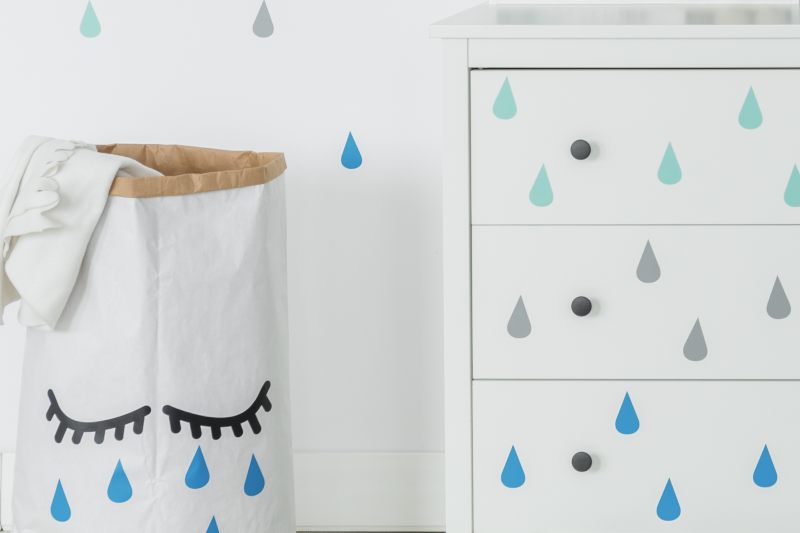
Most acrylic paint brands are relatively water resistant. However repetitive water exposure and other elements can affect the life of your acrylic painting. By applying a layer of varnish your acrylic paint will be protected from water for longer.
- Do you need to seal acrylic paint on canvas?
Varnishing your paint on canvas will ensure that the colours appear vivid for longer. It’s not essential, but recommended, especially if you are gifting/selling your work.
- Can you varnish over acrylic paint?
Yes. Be sure to select a varnish specific for acrylic paint though. Some varnishes contain solvents which can be a problem for acrylic paint. Also, wait at least a few days, or ideally a few weeks, before varnishing. This ensures the paint is fully dry. Even when the surface of paint is dry (touch dry), the inside/underneath can still be soft and wet.
- What kind of paint do you use outside?
Hardware stores will stock the best paints for outdoor use for example Dulux, Behr Premium and British Paints to name a few. Most acrylic paint is great for outdoor use, as long as you follow advice from experts at the shop you are purchasing from.
- Do I need to prime exterior wood before painting?
Wood, like all painting surfaces, should be primed before painting. The prime means that less of your paint will seep into the wood. It also provides a smoother more enjoyable surface to paint on. Your paint will better stick to wood, therefore extending the life of your painting.

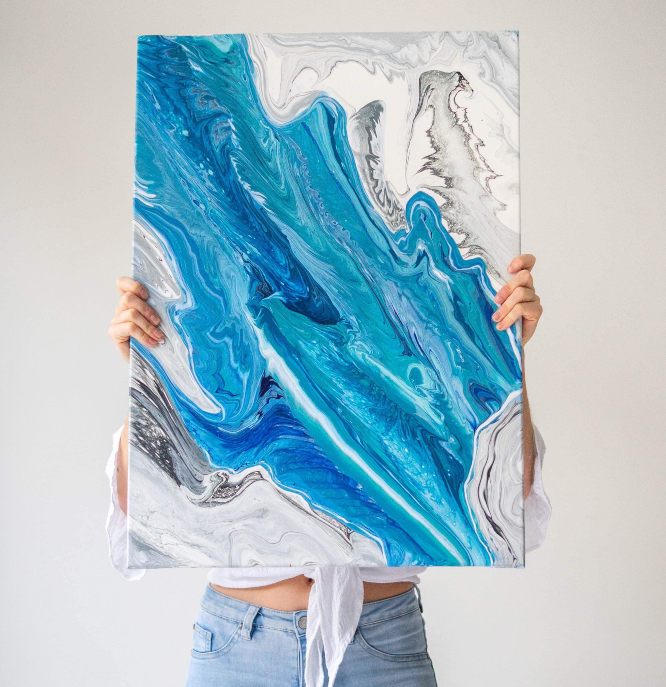
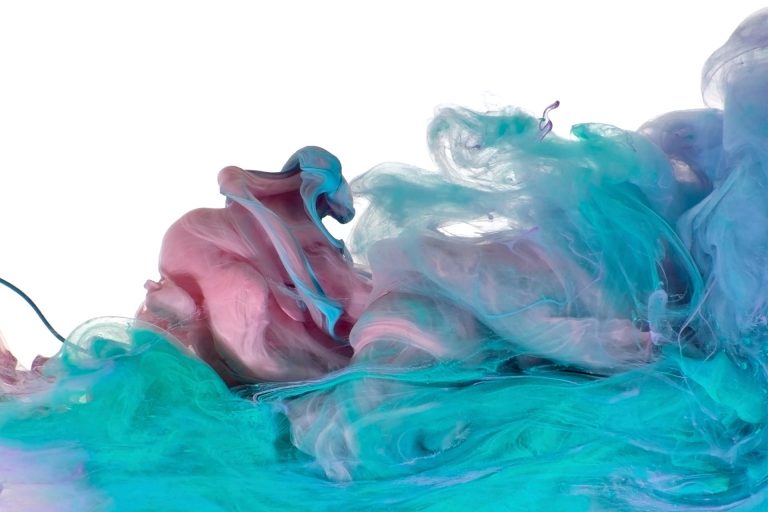
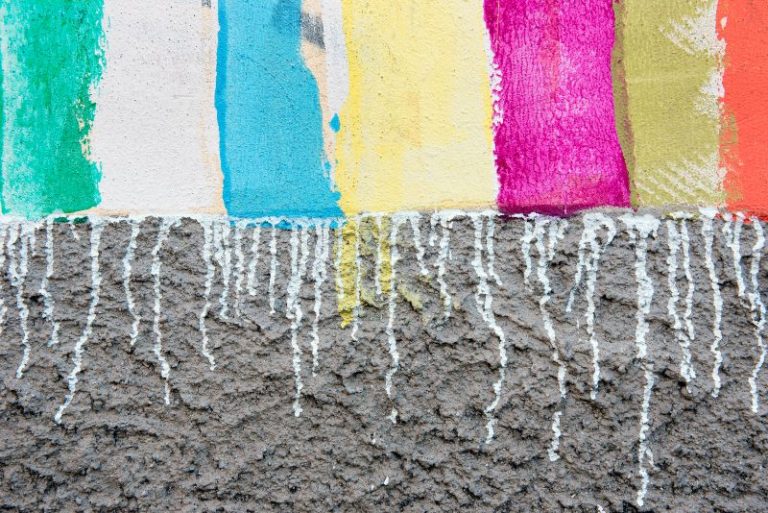

This information was very helpful. Recently I decided to paint some old clay or terracotta pots. i spray some of them with the average spray enamel paint first after a good washing. Then i went to the local craft shop and purchased acrylic paint for the designs. I had to apply several coats of acrylic because it didn’t look like it a heard to the enamel. After reading this article I will spray these pots. I will let you know if everything works well after a year of outdoor use filled with flowers.
I am attempting to make an outdoor scene of the sunset over the ocean. I used pebbles and covered the pebbles by using the acrylic craft paint and pebbles in a quart bag which worked great. I intended to put the scene in wet concrete and hope they don’t all sink too far. My essential question is how can I then waterproof this scene for outdoor weather? It will be a step leading up to a concrete pad with a gazebo on it. Help??? Please.